Python development_python installation
May 07, 2025 pm 04:33 PMPython can run on a variety of platforms, including our common ones: Windows, Unix, Linux, and Macintosh.
This article will introduce in detail the process of installing Python in Windows operating system. My operating system is Windows 7, 32-bit version.
When installing Python, we can choose to install it from the source code or select the already compiled binary version for installation. I chose the latter here.
Step 1 Download the installation package
We download the Python installation package from the official Python website: http://miracleart.cn/link/50959eee56aa5f4695971b375b69354f .
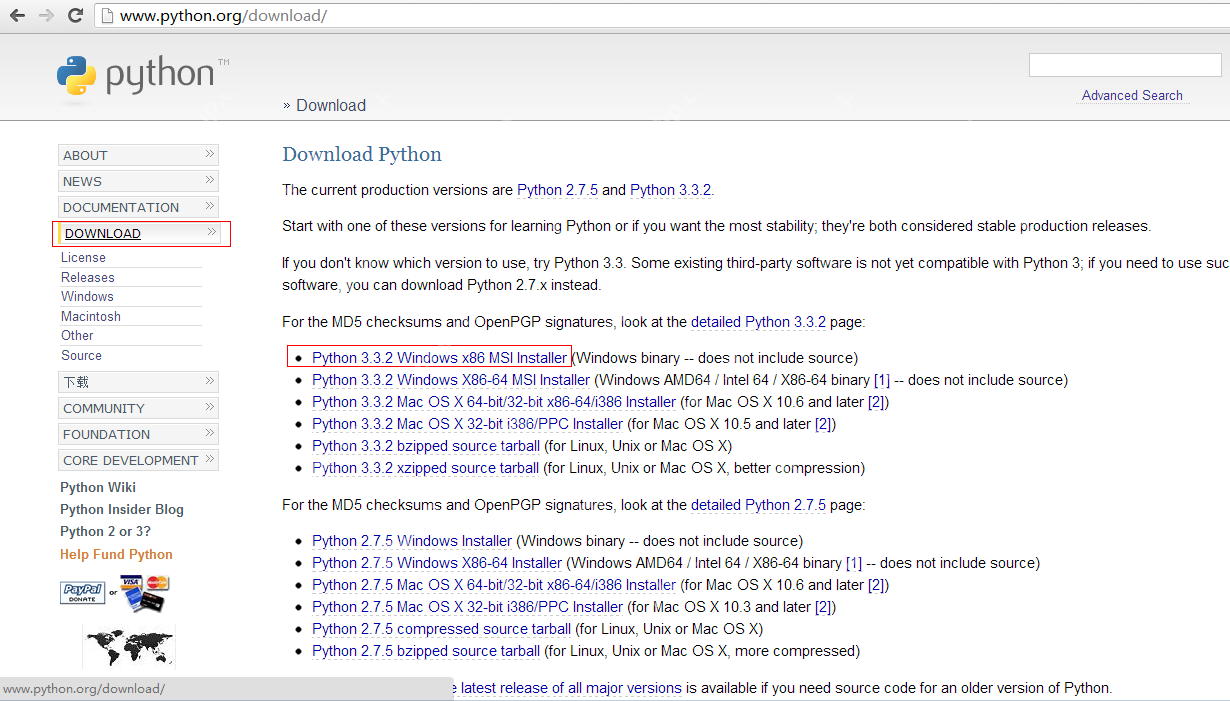 The version I chose is: python-3.3.2.msi
The version I chose is: python-3.3.2.msi
After clicking to download, we will get a python-3.3.2.msi installation package with a size of 19.3 MB.
Step 2 Installation
After downloading the python-3.3.2.msi installation package, double-click the file to start the installation.
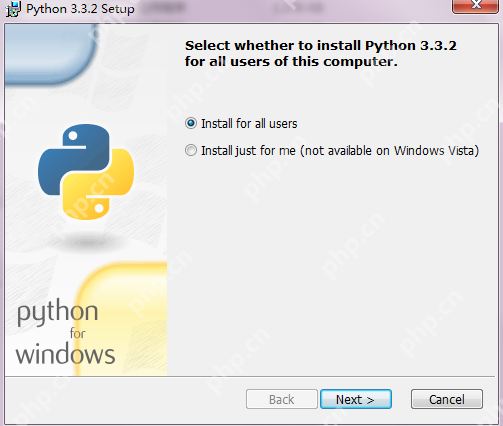
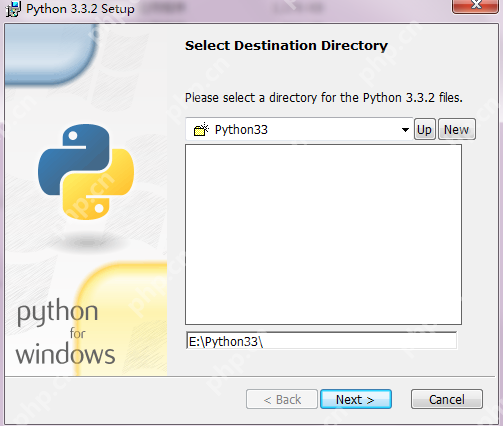 The installation directory I chose is: E:\Python33
The installation directory I chose is: E:\Python33
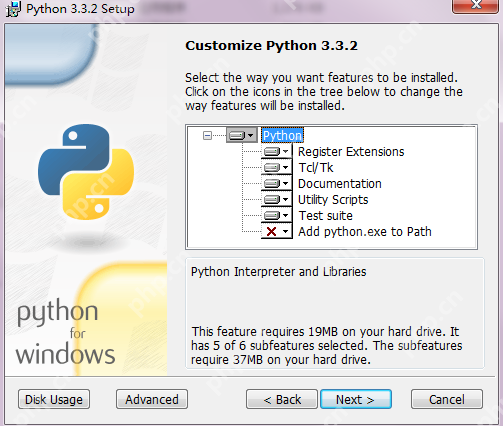 Click Next to start the installation process, which usually takes several minutes.
Click Next to start the installation process, which usually takes several minutes.
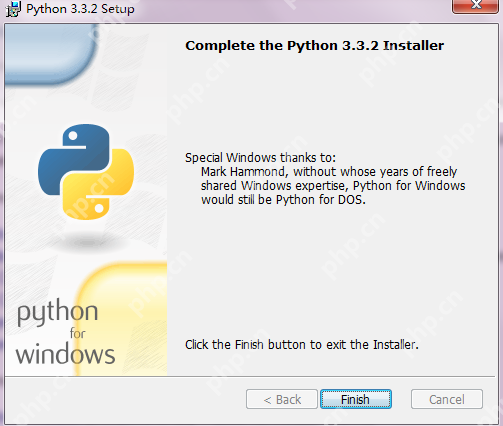 After the installation is completed, click Finish to end the installation.
After the installation is completed, click Finish to end the installation.
Step 3 path settings
Usually, you can use it directly after installing Python. You can check whether you can enter Python's interactive mode by typing Python in the command line.
If you cannot enter, it may be because of the environment variable setting problem and some adjustments are needed.
In Windows, you can add Python's directory to the environment variable path through a command prompt, for example: %path%; C: Python, and press Enter.
Alternatively, you can set environment variables through the graphical interface, the path is: Computer -> Properties -> Advanced System Settings -> Advanced -> Environment Variables.
Step 4 Effect
After the installation is completed, the files in the installation directory are as follows:
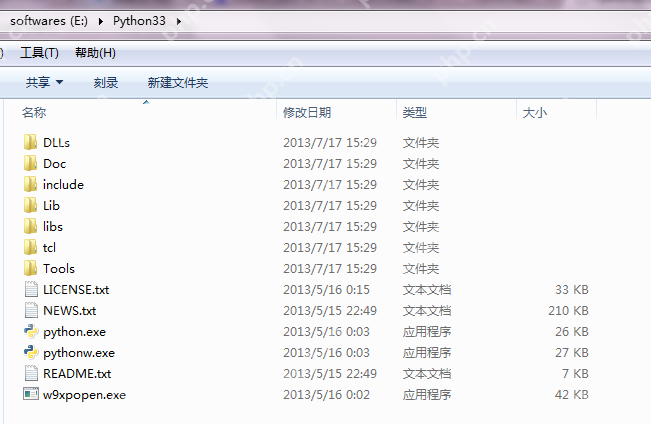
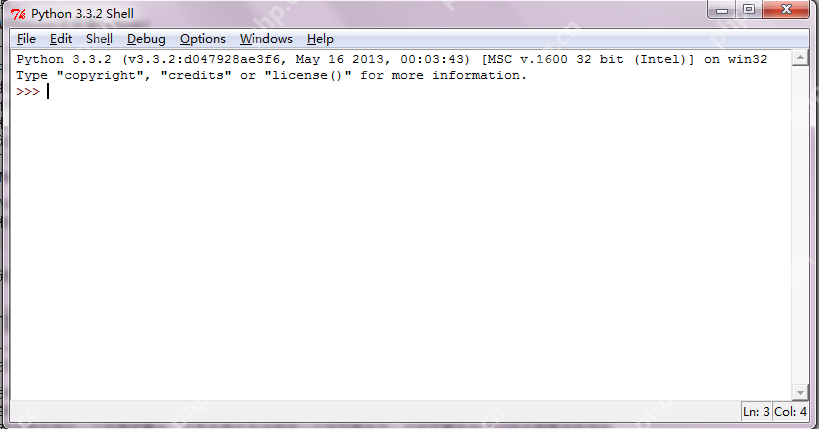 At this point, the Python installation process is completed.
At this point, the Python installation process is completed.
The above is the detailed content of Python development_python installation. For more information, please follow other related articles on the PHP Chinese website!

Hot AI Tools

Undress AI Tool
Undress images for free

Undresser.AI Undress
AI-powered app for creating realistic nude photos

AI Clothes Remover
Online AI tool for removing clothes from photos.

Clothoff.io
AI clothes remover

Video Face Swap
Swap faces in any video effortlessly with our completely free AI face swap tool!

Hot Article

Hot Tools

Notepad++7.3.1
Easy-to-use and free code editor

SublimeText3 Chinese version
Chinese version, very easy to use

Zend Studio 13.0.1
Powerful PHP integrated development environment

Dreamweaver CS6
Visual web development tools

SublimeText3 Mac version
God-level code editing software (SublimeText3)

Hot Topics
 How to handle API authentication in Python
Jul 13, 2025 am 02:22 AM
How to handle API authentication in Python
Jul 13, 2025 am 02:22 AM
The key to dealing with API authentication is to understand and use the authentication method correctly. 1. APIKey is the simplest authentication method, usually placed in the request header or URL parameters; 2. BasicAuth uses username and password for Base64 encoding transmission, which is suitable for internal systems; 3. OAuth2 needs to obtain the token first through client_id and client_secret, and then bring the BearerToken in the request header; 4. In order to deal with the token expiration, the token management class can be encapsulated and automatically refreshed the token; in short, selecting the appropriate method according to the document and safely storing the key information is the key.
 Python for loop over a tuple
Jul 13, 2025 am 02:55 AM
Python for loop over a tuple
Jul 13, 2025 am 02:55 AM
In Python, the method of traversing tuples with for loops includes directly iterating over elements, getting indexes and elements at the same time, and processing nested tuples. 1. Use the for loop directly to access each element in sequence without managing the index; 2. Use enumerate() to get the index and value at the same time. The default index is 0, and the start parameter can also be specified; 3. Nested tuples can be unpacked in the loop, but it is necessary to ensure that the subtuple structure is consistent, otherwise an unpacking error will be raised; in addition, the tuple is immutable and the content cannot be modified in the loop. Unwanted values can be ignored by \_. It is recommended to check whether the tuple is empty before traversing to avoid errors.
 How to parse large JSON files in Python?
Jul 13, 2025 am 01:46 AM
How to parse large JSON files in Python?
Jul 13, 2025 am 01:46 AM
How to efficiently handle large JSON files in Python? 1. Use the ijson library to stream and avoid memory overflow through item-by-item parsing; 2. If it is in JSONLines format, you can read it line by line and process it with json.loads(); 3. Or split the large file into small pieces and then process it separately. These methods effectively solve the memory limitation problem and are suitable for different scenarios.
 How to prevent a method from being overridden in Python?
Jul 13, 2025 am 02:56 AM
How to prevent a method from being overridden in Python?
Jul 13, 2025 am 02:56 AM
In Python, although there is no built-in final keyword, it can simulate unsurpassable methods through name rewriting, runtime exceptions, decorators, etc. 1. Use double underscore prefix to trigger name rewriting, making it difficult for subclasses to overwrite methods; 2. judge the caller type in the method and throw an exception to prevent subclass redefinition; 3. Use a custom decorator to mark the method as final, and check it in combination with metaclass or class decorator; 4. The behavior can be encapsulated as property attributes to reduce the possibility of being modified. These methods provide varying degrees of protection, but none of them completely restrict the coverage behavior.
 what is if else in python
Jul 13, 2025 am 02:48 AM
what is if else in python
Jul 13, 2025 am 02:48 AM
ifelse is the infrastructure used in Python for conditional judgment, and different code blocks are executed through the authenticity of the condition. It supports the use of elif to add branches when multi-condition judgment, and indentation is the syntax key; if num=15, the program outputs "this number is greater than 10"; if the assignment logic is required, ternary operators such as status="adult"ifage>=18else"minor" can be used. 1. Ifelse selects the execution path according to the true or false conditions; 2. Elif can add multiple condition branches; 3. Indentation determines the code's ownership, errors will lead to exceptions; 4. The ternary operator is suitable for simple assignment scenarios.
 C vs Python performance
Jul 13, 2025 am 01:42 AM
C vs Python performance
Jul 13, 2025 am 01:42 AM
C is usually faster than Python, especially in compute-intensive tasks. 1.C is a compiled language that directly runs machine code, while Python executes while interpreting and executing, which brings additional overhead; 2.C determines the type during compilation and manages memory manually, which is conducive to CPU optimization, and Python dynamic typing and garbage collection increase burden; 3. It is recommended to be used for high-performance scenarios such as game engines and embedded systems. Python is suitable for data analysis and rapid development scenarios with priority efficiency; 4. Performance testing is recommended to use time tools, eliminate I/O interference, and average values multiple times to obtain accurate results.
 How to show hidden files and folders in Windows?
Jul 13, 2025 am 02:37 AM
How to show hidden files and folders in Windows?
Jul 13, 2025 am 02:37 AM
To display hidden files and folders, you can achieve it in the following three ways: 1. Click the "View" tab in File Explorer and check "Hidden Projects" to temporarily display hidden content; 2. Set the global display of hidden files through folder options, and the path is "View" → "Options" → "View" tab to select "Show hidden files, folders and drives" in the tab; 3. Advanced users can modify the Hidden item value to 1 through the registry to take effect permanently, and the registry must be backed up before operation. The above method is suitable for different usage scenarios and can be selected according to your needs.
 How to make asynchronous API calls in Python
Jul 13, 2025 am 02:01 AM
How to make asynchronous API calls in Python
Jul 13, 2025 am 02:01 AM
Python implements asynchronous API calls with async/await with aiohttp. Use async to define coroutine functions and execute them through asyncio.run driver, for example: asyncdeffetch_data(): awaitasyncio.sleep(1); initiate asynchronous HTTP requests through aiohttp, and use asyncwith to create ClientSession and await response result; use asyncio.gather to package the task list; precautions include: avoiding blocking operations, not mixing synchronization code, and Jupyter needs to handle event loops specially. Master eventl






